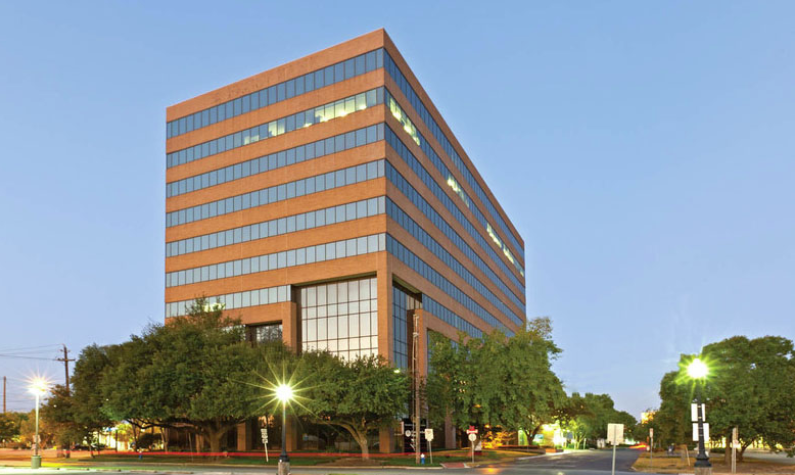We find ourselves at an intriguing juncture in the novel coronavirus pandemic’s evolution. Just as promising vaccines burst into prominence, promising a brighter post-COVID era, we also stand at the dawn of a predicted unprecedented surge in COVID infections, bringing what’s sure to be a concomitant spike in hospitalizations, ICU stays and deaths. “It’s going to get a lot worse before it gets better,” seems the understatement of the autumnal season. Given all the uncertainty, this could be an opportune moment to capture a snapshot of the real estate industry’s response, as seen through the lens of several widely disparate trends and developments. Coral Gables, Fla.-based development, investment and property management firm Codina Partners proved visionary in rolling out its “Codina Cares” signature program to its South Florida and Texas properties just as COVID’s impact seemed to wane in early summer. As if certain a second wave would grip the nation in the months ahead, Codina implemented a number of measures at the commercial properties of its Downtown Doral mixed-use community in west Dade County. Click to read more at www.forbes.com.
.









